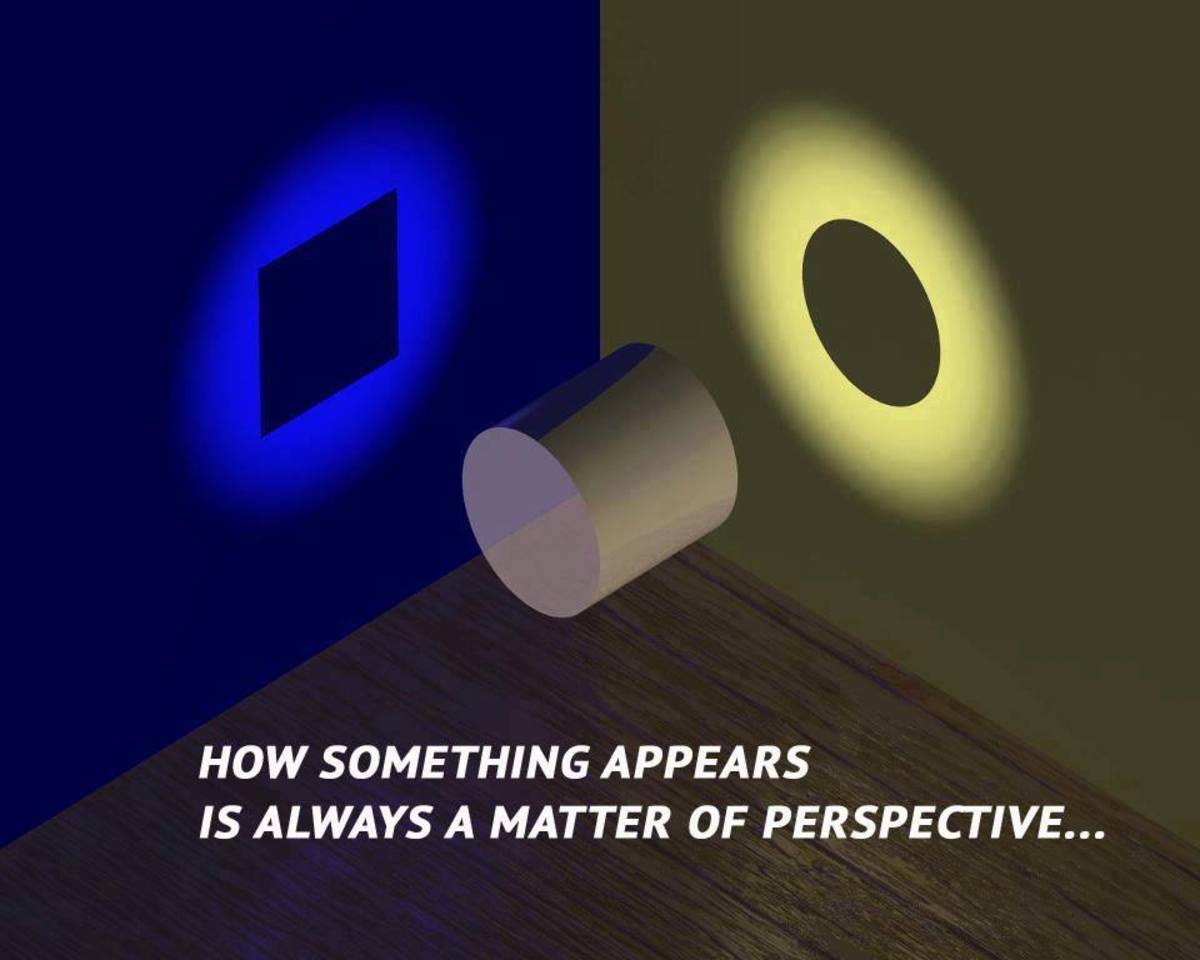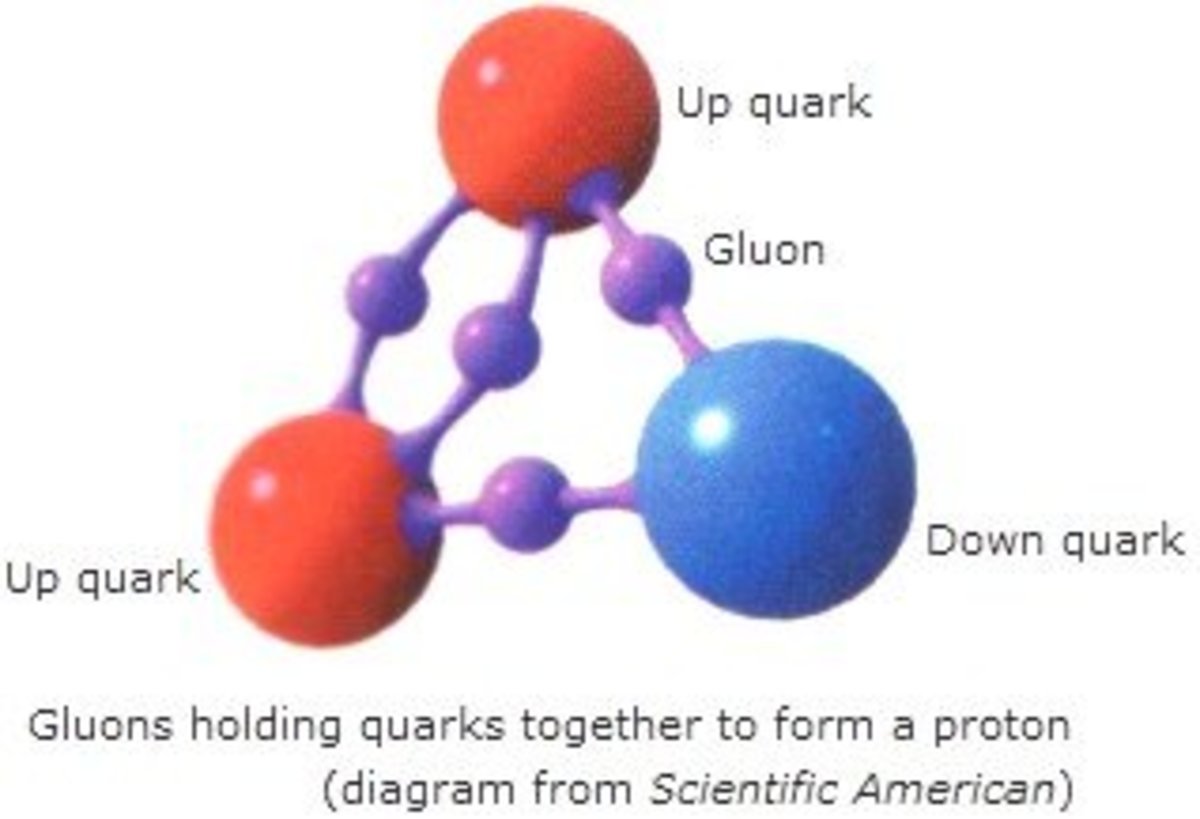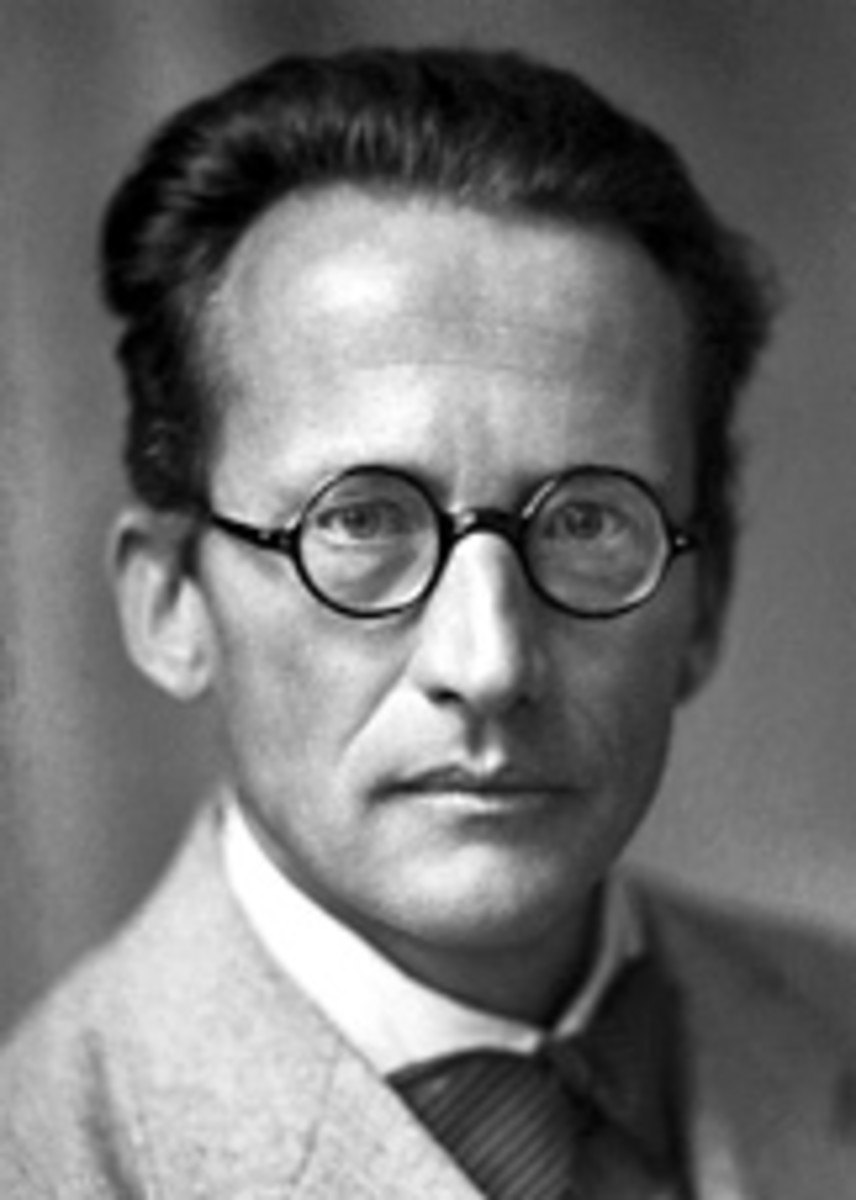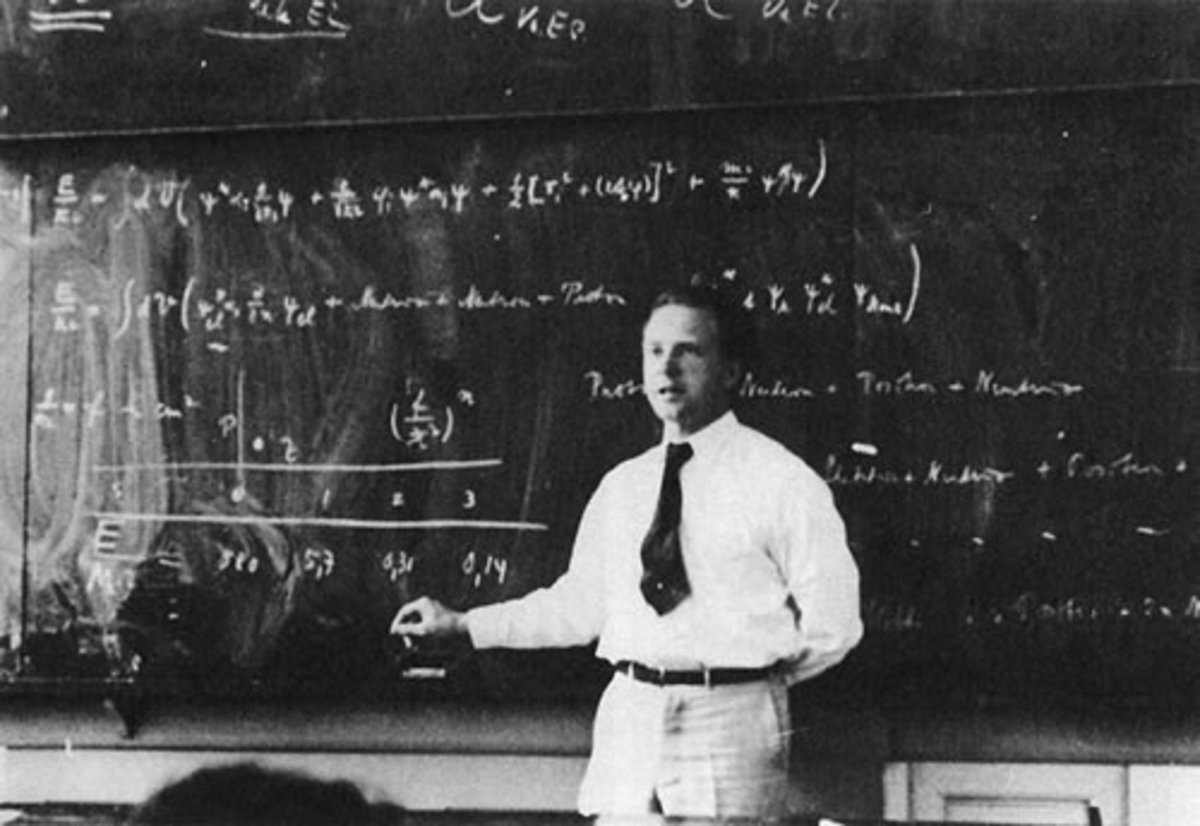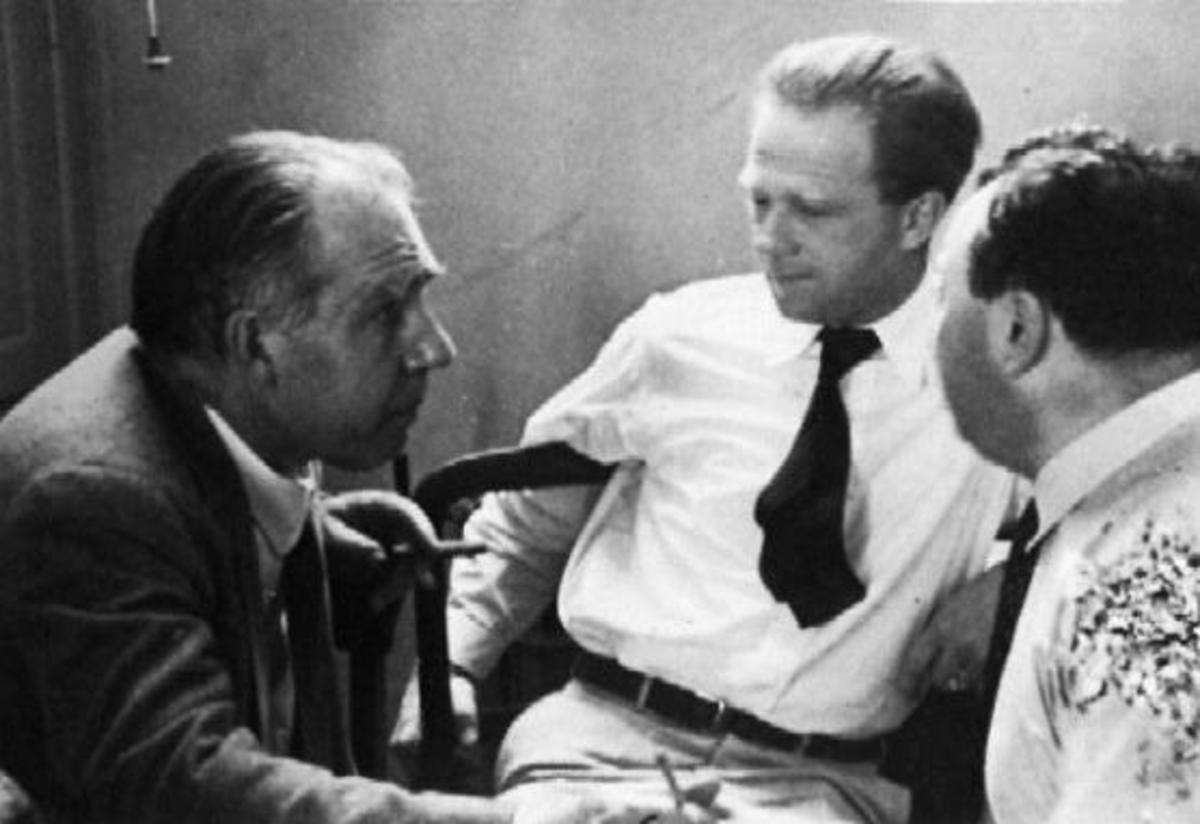What is Quantum Physics Theory? Introduction and Application and Theory Definition
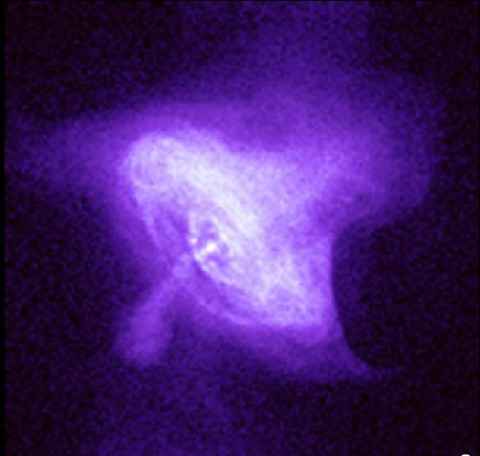
Introduction to Quantum Physics (Mechanics) Theory
Quantum Mechanics is also sometimes know as wave mechanics. In this section it includes "investigation of the behavior of micro-particles". Most advances that have taken in solid stat, atomic and nuclear physics based on the principles of quantum mechanics.
There are basic laws of Classical Physics:
- Newtonian mechanics
- maxvell's electromagnetic theory
- thermodynamics
- statistical mecahnics
Using this laws or theories it was found that obtained results can not be explained or analyzed. the most important results are:
- The spectral distribution of energy radiated by a black body
- The photoelectric effect
- The Compton effect
- Atomic spectra
Now when scientists tried to explain these results the development of "quantum mechanics: started initially. And after that these give a good result on inside of the atoms and nuclei.If we consider simple atoms than the predictions on the principles of quantum mechanics agree with the experimental results. Thus laws of Quantum Mechanics can be applied to higher quantum number also. But laws of classical mechanics can not be applied.
classical mechanics failed to explain
- Compton effect
- photoelectric effect
- zeeman effect
- absorption of light
To explain these theories due to interaction of light to matter gave birth to "Quantum Theory of Light". it was first introduced by Max Ludwig Planck of Germany in the year 1900.
what is quantum physics used for?

Application of Quantum Theory
1. Compton Effect:
It was experimentally found that the the frequency of some of the X-rays scattered by electrons was not the same as the frequency of the incident X-rays. The scattered S-rays found to consists of two components. One component having the same wavelength as the incident X-ray and the other having longer wavelength. the theory in change in frequency is called Compton Effect. This can be explained by Quantum theory.
Einstein's Quantum Theory of Photoelectric Effect:
It's a phenomenon of emission of electrons by certain substances, when they are illuminated by radiations like X-rays, ultra-violet, and even visible light. The emitted electrons are called photo electrons. This phenomenon of photoelectric effect was experimentally verified and based on the experimental results, law of photoelectric emission are formulated. It was observed that these results can not be explained on the basis of "Electromagnetic Theory".
Using Einstein;s photoelectric equation all the experimental results about photoelectric emission were give explanation.
Dual nature of matter waves:
The phenomenon like interference, diffraction and polarization of light etc. are explained based on the wave theory of light.
I am not going to explain more about this. This article is only about introduction and where this physics was used only. If I am able to write more than will write whole series on this topic.
More Articles from Forthefuture
Environmental Global Issues: Global Warming, Acid Rain, Depletion of Ozone Layer
Now a days considering environmental issues is essential to know about. Because it's affecting a lot to our earth. some of them are Global Warming, Acid Rain, Depletion of Ozone Layer.
You can lose weight just laughing!
Did you ever know that when you laugh you are going on path to lose weight? It is proved. You can lose weight by laughing because at that time calories are burnt. you lose weight when you laugh. Trying to lose weight is very simple now.
How to Choose Wood (Bedroom) Furniture Colors Combination?: Tips and Guidelines
Confused about best bedroom color combination? Color combinations for bedroom are very simple to decide. You can know some tips and guideline to choose wood furniture color combination.
Different Types of Ecosystems: Natural And Artificial Ecosystem
Different types of ecosystem is basic question for environment student. Natural ecosystem is classified in many types. Ecosystems are what we live in. But definition of Ecosystem is scientifically given by different methods.

